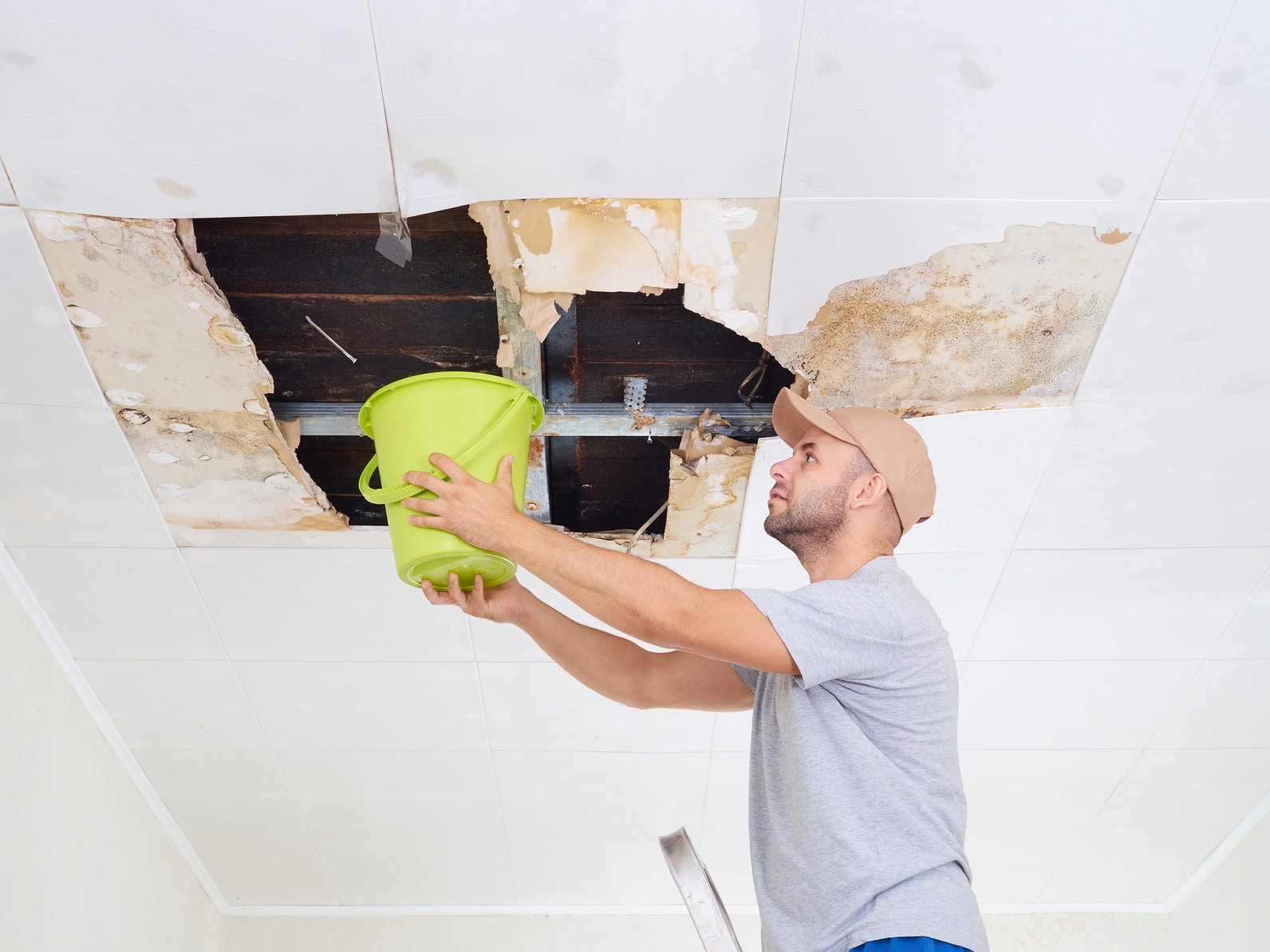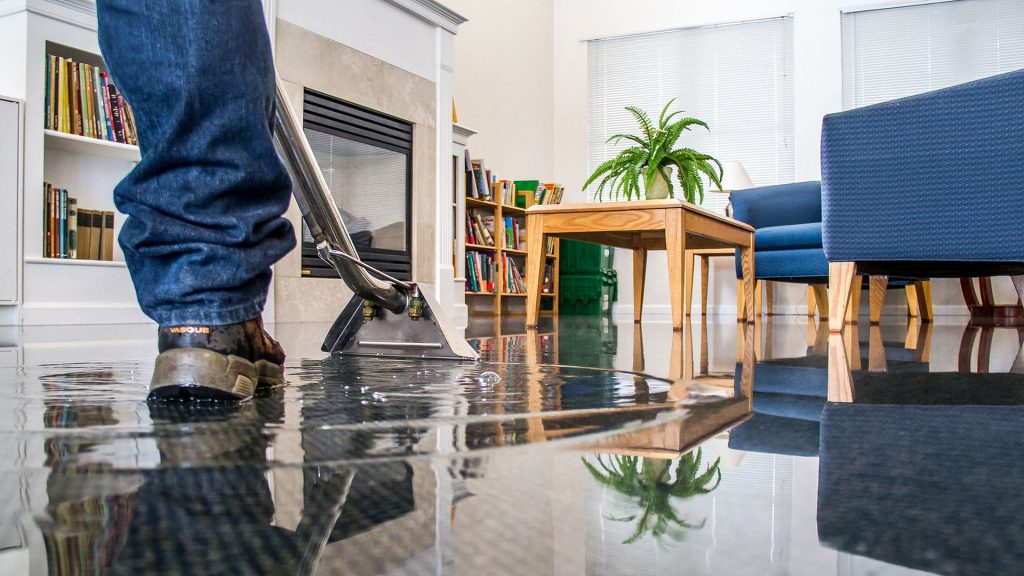Just about everyone has their own unique conception on the subject of Fire And Water Damage Prevention.

Water provides life, however water breach on some parts where it's not intended to be can result in damages as well as trouble. In addition, homes with water damage scent old as well as moldy.
Water can originate from numerous sources like typhoons, floodings, burst pipelines, leaks, and sewage system problems. If you have water damage, it's far better to have a functioning knowledge of safety preventative measures. Below are a few standards on exactly how to deal with water damages.
Do Prioritize House Insurance Policy Insurance Coverage
Seasonal water damages can come from floods, seasonal rains, as well as wind. There is also an incident of an abrupt flood, whether it originated from a defective pipe that all of a sudden breaks into your residence. To protect your house, get house insurance policy that covers both acts of God such as all-natural calamities, as well as emergency situations like broken plumbing.
Do Not Forget to Shut Off Energies
When disaster strikes as well as you remain in a flood-prone location, turn off the primary electric circuit. Turning off the power avoids
When water comes in as water offers as a conductor, electric shocks. Don't neglect to shut off the main water line valve as a means to prevent even more damage.
If the floodwaters are getting high, keep your furniture stable as they can move and trigger added damage.
Do Stay Proactive and also Heed Climate Informs
Tornado floods can be very uncertain. Remain positive as well as ready at all times if you live in an area tormented by floodings. If you live near a body of water like a creek, river, or lake, pay attention to the information and also emptying warnings. Get your valuables and also important papers from the first stage and cellar, then put them in a refuge and also the greatest feasible level.
Don't Disregard the Roof
Your roofing professional should take care of the damaged gutters or any type of various other indicators of damage or weakening. An evaluation will prevent water from streaming down your wall surfaces and also soaking your ceiling.
Do Pay Attention to Tiny Leaks
A ruptured pipeline does not happen in a vacuum or overnight. There are red flags that can draw your interest as well as show to you some weakened pipelines in your house. Indications of red flags in your pipelines consist of gurgling paint, peeling wallpaper, water touches, water stains, or trickling audios behind the walls. There are signs that the pipe will rupture. Do not wait for an acceleration if you see these indicators. Repair and inspect your plumbing fixed before it results in substantial damage to your home, funds, and also an individual headache.
Do Not Panic in Case of a Burst Pipe
Timing is vital when it comes to water damages. If a pipeline ruptureds in your house, right away shut off your primary water valve to cut off the resource and stop even more damage. Call a respectable water damages remediation expert for assistance.
Water gives life, however water invasion on some components where it's not intended to be can result in damage and aggravation. In enhancement, homes with water damage odor musty and old.
Seasonal water damage can come from floods, seasonal rains, and wind. Signs of red flags in your pipes include bubbling paint, peeling off wallpaper, water touches, water discolorations, or trickling sounds behind the wall surfaces. If a pipeline ruptureds in your residence, promptly shut off your main water valve to reduce off the resource and also stop even more damage.
Some Do's & Don't When Dealing with a Water Damage
DO:
Make sure the water source has been eliminated. Contact a plumber if needed. Turn off circuit breakers supplying electricity to wet areas and unplug any electronics that are on wet carpet or surfaces Remove small furniture items Remove as much excess water as possible by mopping or blotting; Use WHITE towels to blot wet carpeting Wipe water from wooden furniture after removing anything on it Remove and prop up wet upholstery cushions for even drying (check for any bleeding) Pin up curtains or furniture skirts if needed Place aluminum foil, saucers or wood blocks between furniture legs and wet carpet Turn on air conditioning for maximum drying in winter and open windows in the summer Open any drawers and cabinets affected for complete drying but do not force them open Remove any valuable art objects or paintings to a safe, dry place Open any suitcases or luggage that may have been affected to dry, preferably in sunlight Hang any fur or leather goods to dry at room temperature Punch small holes in sagging ceilings to relieve trapped water (don't forget to place pans beneath!); however, if the ceiling is sagging extremely low, stay out of the room and we'll take care of it DO NOT:
Leave wet fabrics in place; dry them as soon as possible Leave books, magazines or any other colored items on wet carpets or floor Use your household vacuum to remove water Use TV's or other electronics/appliances while standing on wet carpets or floors; especially not on wet concrete floors Turn on ceiling fixtures if the ceiling is wet Turn your heat up, unless instructed otherwise

Do you enjoy more info about Preventing Fires and Water Damage In Your Home? Give a remark further down. We'd be interested to know your opinions about this blog. In hopes to see you back again in the near future. Do you know about another individual who is looking into the topic? Please feel free to promote it. I am grateful for your time. Come back soon.